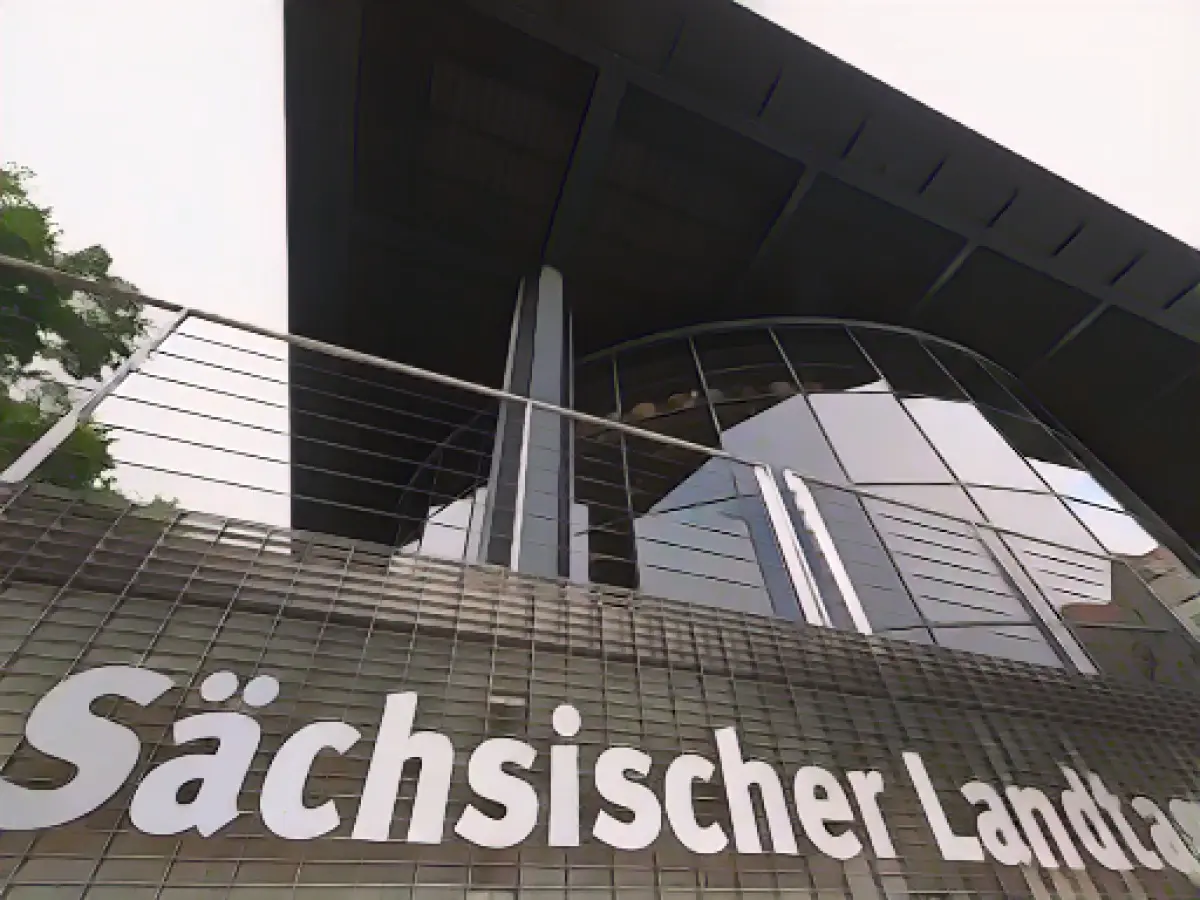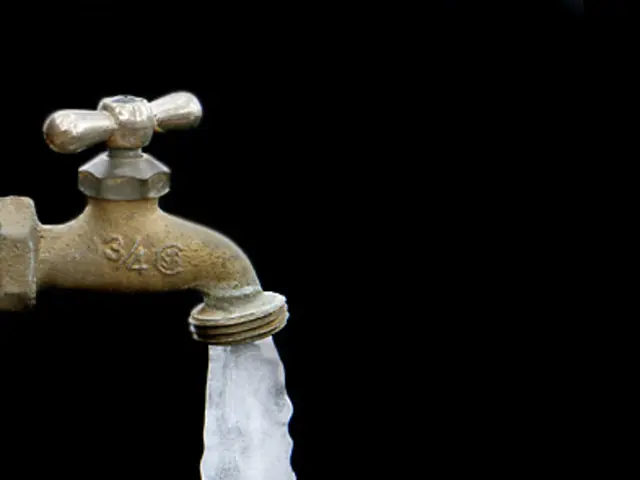Animal Shelters in Saxony Get a Boost in Funding 💸
Great news for animal shelters in Saxony! They will soon have more financial support for their personnel and operating expenses. Previously, the amount of funding per shelter was capped at around 5,800 euros per year. But now, the Saxon State Ministry for Social Affairs and Social Cohesion has announced a new funding limit of up to 10,000 euros per year per animal welfare organization. The change was made official when the cabinet approved the necessary amendments on Tuesday.
So, what does this mean for the 55 animal shelters run by non-profit animal welfare associations in Saxony? They'll get an extra budget boost to cover expenses like electricity, water, sewage, heating, rent, telephone and internet, staff training, and the transportation of animals for veterinary treatment.
Why the Change? 🤔
There are a few reasons behind this funding increase. Firstly, there's the surge in expenses due to the rise in the minimum wage and the increased cost of animal feed. Secondly, the number of animals requiring care significantly increased after the end of the coronavirus crisis. Thirdly, veterinary costs increased due to the new scale of fees for veterinarians. Lastly, construction costs and energy costs also went up.
How will this affect the animal shelters? 🐶❓
With the increase in funding, animal welfare associations in Saxony can now cover more expenses. For instance, they can spend more on staff training to ensure they're providing the best care possible. Additionally, they can now cover rent, electricity, water, and other utility costs more easily. This means they can continue providing top-notch care for more animals.
Context and Impacts 🔬
While the specific changes in funding for Saxony aren't detailed, any alteration in funding for animal shelters could have significant implications for organizations and their ability to care for animals. Funding reductions could lead to reduced resources, more stray animals, fewer medical treatments, and potential public health concerns. On the other hand, increases could mean better care and improved animal welfare.
In Germany, the federal Animal Welfare Act 2006 places duties on owners to prevent uncontrollable cat reproduction. State governments can issue ordinances for stray and feral cat protection, including measures to reduce populations and improve welfare. Funding for animal welfare initiatives is typically managed at the state and municipal levels, with subsidies provided for services like microchipping and sterilization.
So, whether you're an animal welfare advocate or just an animal lover, this increase in funding is something to celebrate! It means more resources, better care, and happier animals. 🌟






